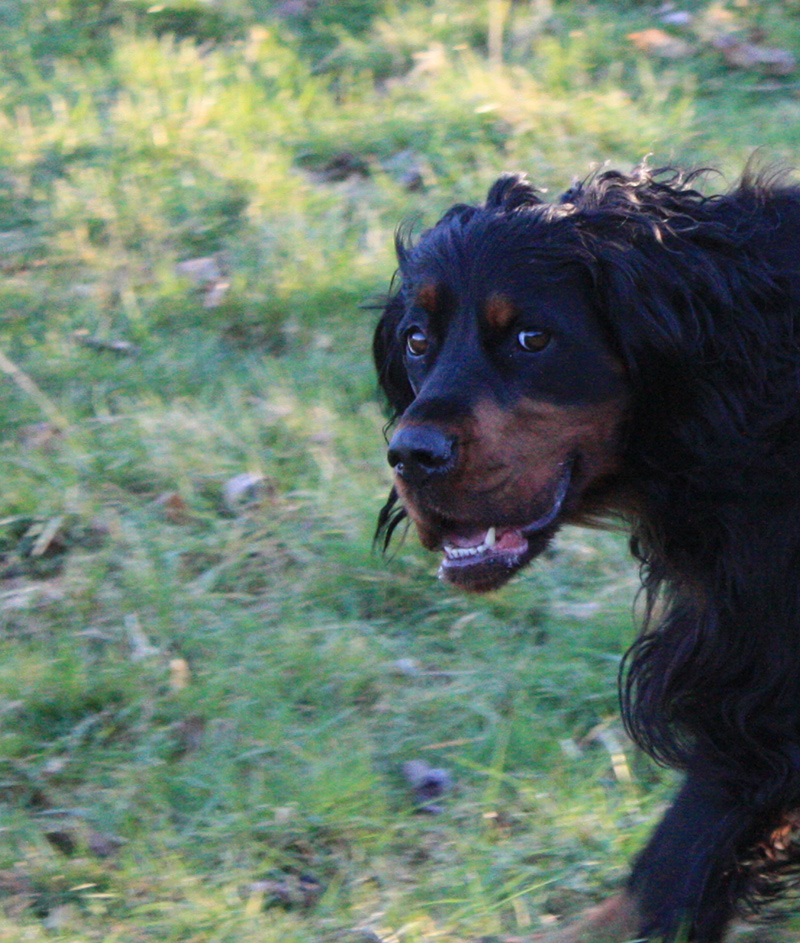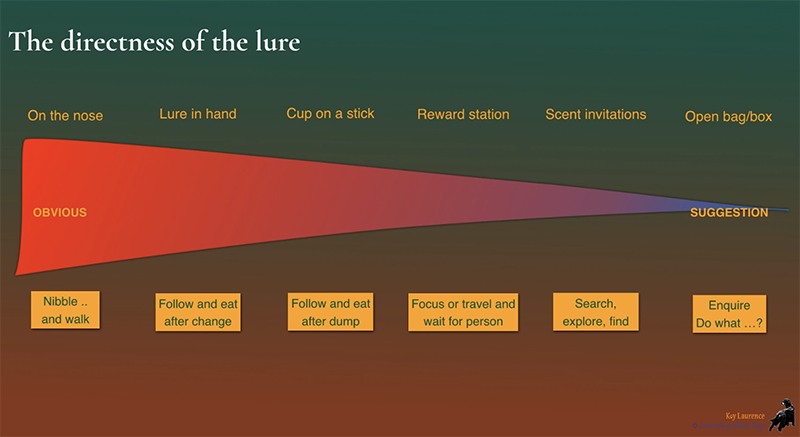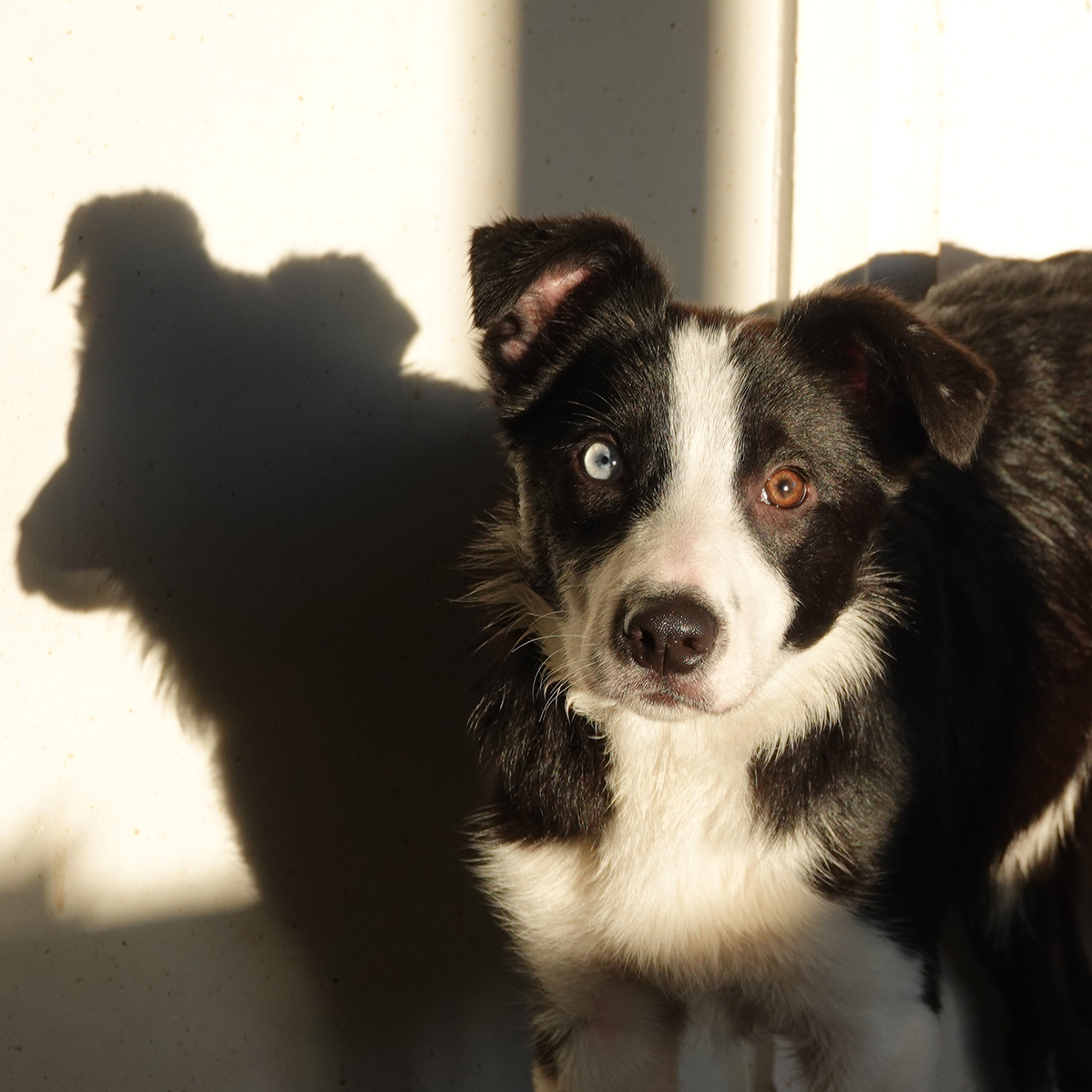The choice of lure

Why would we ever choose a method because it is the current fashion or considered the trendy training option? Surely our primary influence in making a choice is the method that makes it easiest for the dog?
Luring can be elegant, simple and communicate clearly, but it does require thoughtfulness.
A World of Lure
Luring is an integral part of our lives, marketing surrounds us at every turn. When a purposeful opportunity for reinforcement is presented, luring occurs. From delightful smells in the supermarket to bright colours on packaging. From menu descriptions that make our mouth’s water to promises of holiday adventures. From make-up, sexy clothing, to unseen hormones those lures are pulling our attention in every direction.
Marketing is a highly skilled and powerful influence on our lives, the way we live, our style of living, socialisation choices, our expectations. It is deeply researched and studied. It is regarded as a serious field of study and has been with us for millennia.
Irrationally, within the dog training communities it is regarded as a technique for the unskilled, the beginners, the pet dog owner. For the trainers who aspire to higher levels of success, ethically or in sports, luring is dismissed as the last resort for those who cannot achieve with superior skills.
It has become untrendy to lure.
This is peculiar to dog training, not animal training in general, where luring is considered one of the first options and most successful routes to secure desired behaviours. The down-marketing by a small number of trainers has promoted a negative association. Or maybe they are just “pants” at luring and would prefer not to expose their own weakness in application or understanding?
Let’s remove any bias, social preconceptions, legendary misinformation and really look at luring and all that is has to offer.
My definition for luring as a method of teaching:

Luring is purposeful. Schultz defines the function of learning is to acquire more and better rewards. From a dog’s view we are usually in possession of those rewards. When they are desired by the dog, we have approach behaviour, we can employ luring.
Design for success
My aim is to set up a highly probability of the behaviour so that reinforcement may occur as a consequence.
The quality, accuracy and ease of response from our learner
is dependent on the skill of the use of the lure.
The basic assumption that a lure only has a simple power of attraction through motivation is naïve. It drives an urge to use food that smells better, tastes better or historically through a deliberate increase in hunger to increase motivation.
For me, the real power behind the lure comes from the information it presents in such a way to give a clear understanding that the dog can easily translate and secure the reward. When used as a medium for communication, the motivation for the trainer changes.
Legendary misinformation tells us that a lured learner will not be aware of their response and that success will be dependent on the lure for life. On the surface this is what is may appear to happen. But is this an analysis of the process or the APPLICATION of the process? If we only ever saw learner drivers I doubt many of us would ever get in a taxi.
This view represents a very shallow respect for dogs and their capacities to learn or people and their abilities to acquire new skills. Negative campaigning increased with advent of hands free training. The clicker explosion was a complete turn-around away from using lures, the classic “wax-on-wax-off” sit – down – sit, and similar training recipes. “Free-shaping” became the badge of new elite trendy trainer.

Can you watch a TV show and blank out the adverts? Can you scroll past the adverts on social media. Or are you rushing to order a new mattress / life insurance / anti-wrinkle cream / vacuum cleaner before the adverts end? When lures, or marketing, overload occurs we all have learned that it is just white noise – because the information presented is of no value, irrelevant or not to be trusted. The information it presents is equally well remembered, or dismissed by both dogs and people. If marketing is presented when the motivation does not exist is stops being relevant.
Every time we strap on that treat bag, chop up the treats, open the box of food, rustle the bag we are luring to some degree. But if the motivation to listen, as this is a tool of communication, does not exist then the luring stops being relevant.
Open the training session is a form of inferring an availability of reward. The dog then has an option to listen or not. Bless them, they usually make excellent listeners.
Luring is a skill
We can measure the effect of the lure by the degree of directness that is used. Is the food right up the dog’s nostrils or just in your treat bag? Is there just a scent of promises that can be sought and explored?

Are we stuck in a cycle of seeking “better lures” rather than using the lure with a different purpose – as a tool of communication. With skills and thoughtfulness we can teach exquisite accuracy, develop muscle patterns, build strengths and explain what action earns the reinforcer.
Luring is not just baiting with food, luring can be used for any reinforcer – seeking knowledge, improving understanding and making a connection are all potential reinforcers.
The way we lure is more
important that what we lure.
Going “off-lure” is the area most likely to frighten the sceptics. But this is a simple process, that through the eyes of a teacher, rather than an instructor, we can see the learner emerge from guidance to autonomy. This is the art, learning when to step back, but be nearby.
Luring teaches trainers essential skills. We learn how to use suggestion and guidance to shape behaviours. We learn how to explain dynamic movement in the cues from our hands. In combination with reinforcement, luring has without doubt, been one of the skills I value most as a trainer.
If I have lit a passion for learning and curiosity I strongly recommend the Build the Learning course. I go into valuable detail how to become a skills user of the approach and reward technology.
Explore
COURSES

Build the Learning
Lifelong skills built in activities and play. A dog that is curious, confident, resilient with a natural enthusiasm for learning.
rewards skills
Learn about the fascinating landscape of rewards and how to make them the centre of your training and relationship.
Management or Training
Find a pathway to suit your lifestyle of living with dogs. When management temporarilly supports the learning, or choose training.
learn well
learn it once
Setter Members
Access to The Sett community and groups
Discount for all courses and videos 50%
Archives of previous courses and books
Share your learning, upgrade your thinking



0 Comments